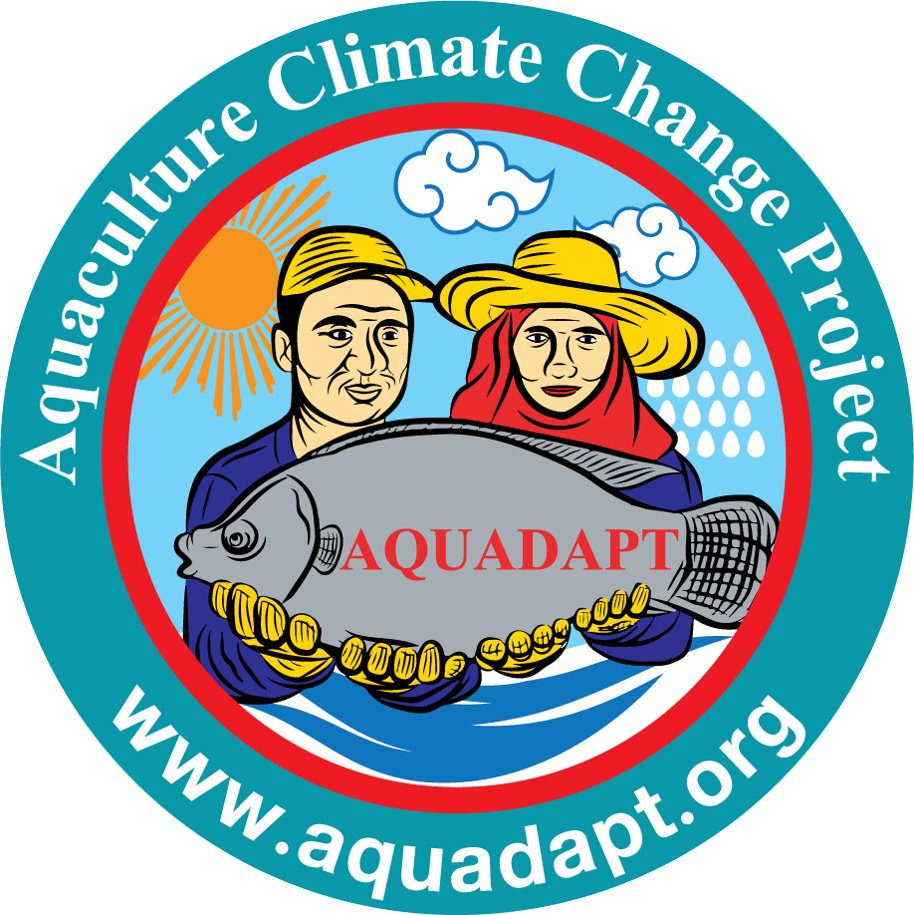Authors: Dr. Praneet Ngamsnae and Dr. Samnao Saowakoon, Rajamangala University of Technology Isan Surin Campus

Aquaculture, defined as the cultivation of aquatic organisms, is a sector experiencing rapid growth, frequently accompanied by considerable environmental and social challenges. Overfishing, habitat degradation, and pollution related to aquacultural facilities, underscore some problematic aspects of conventional aquaculture practices.
A need for sustainable farming, brought about in part by climate change, has encouraged new approaches to the ancient practice of growing rice in combination with raising fish (FAO; WorldFish 2020; Arunrat 2022; Liu 2022; Inayat 2023). The integration of fish farming into rice paddies, termed co-culture, not only augments productivity, but also promotes biodiversity and facilitates a synergistic equilibrium between agricultural and aquacultural endeavors.
Environmental and Social Problems
Conventional methods of agriculture and aquaculture frequently engender substantial environmental and social challenges. Overutilization of chemicals in rice cultivation and antibiotics in fish farming, pollution of waterways, erosion of biodiversity, and elevated fish populations are of paramount concern. From a social perspective, such practices may precipitate diminished food security and livelihood opportunities for rural communities, thereby aggravating poverty and reliance on unsustainable methodologies.
Co-Culture of Rice and Fish
The co-culture of rice and fish within paddy fields has been a part of agricultural practices in Asia for centuries. This symbiotic farming system, which facilitates the concurrent cultivation of rice and the rearing of fish within the same agricultural landscape, engenders mutual benefits for both food species. The fish aid in the control of pests and diseases within the rice paddies, diminish the reliance on chemical treatments, and contribute to the natural fertilization process through their waste products. Concurrently, the rice plants offer shelter to the fish, oxygenate the water, and furnish a conducive growth environment for the fish.
Social and Economic Benefits of Co-Culture
This combined method can greatly increase the earnings from successful farming, and thus provide rural families with a more stable and dependable income. Additionally, it contributes to the enhancement of food security through the diversification of food sources accessible to local populations. Moreover, this method plays a pivotal role in the preservation of traditional agricultural knowledge and practices, bolsters cultural heritage, and fortifies community resilience.
Conclusion and Recommendations
The incorporation of fish farming within rice paddies emerges as a compelling and sustainable alternative to traditional agricultural methodologies, as it addresses both environmental concerns and socio-economic needs.
Some advantages of this integrated approach include: (1) a diminution in the dependency on chemical fertilizers and pesticides, thus reducing environmental pollution and potential health hazards; (2) an augmented yield of both rice and fish, enhancing the productivity of the land; (3) an increase of biodiversity and health of the ecosystem, contributing to the sustainability of agriculture; and (4) an elevation in income and food security for agricultural practitioners, improving their economic stability and quality of life.
Achieving the adoption of rice-fish co-culture techniques necessitates: (1) provision of educational programs and resources to agriculturists; (2) support for research and development in integrated farming systems; and (3) enhancement of market access for sustainably sourced products.
In summary, the rice-fish co-culture model stands as a viable solution to the myriad environmental and social challenges inherent in conventional aquaculture. It offers a sustainable avenue for food production and an economic opportunity for farming communities.
